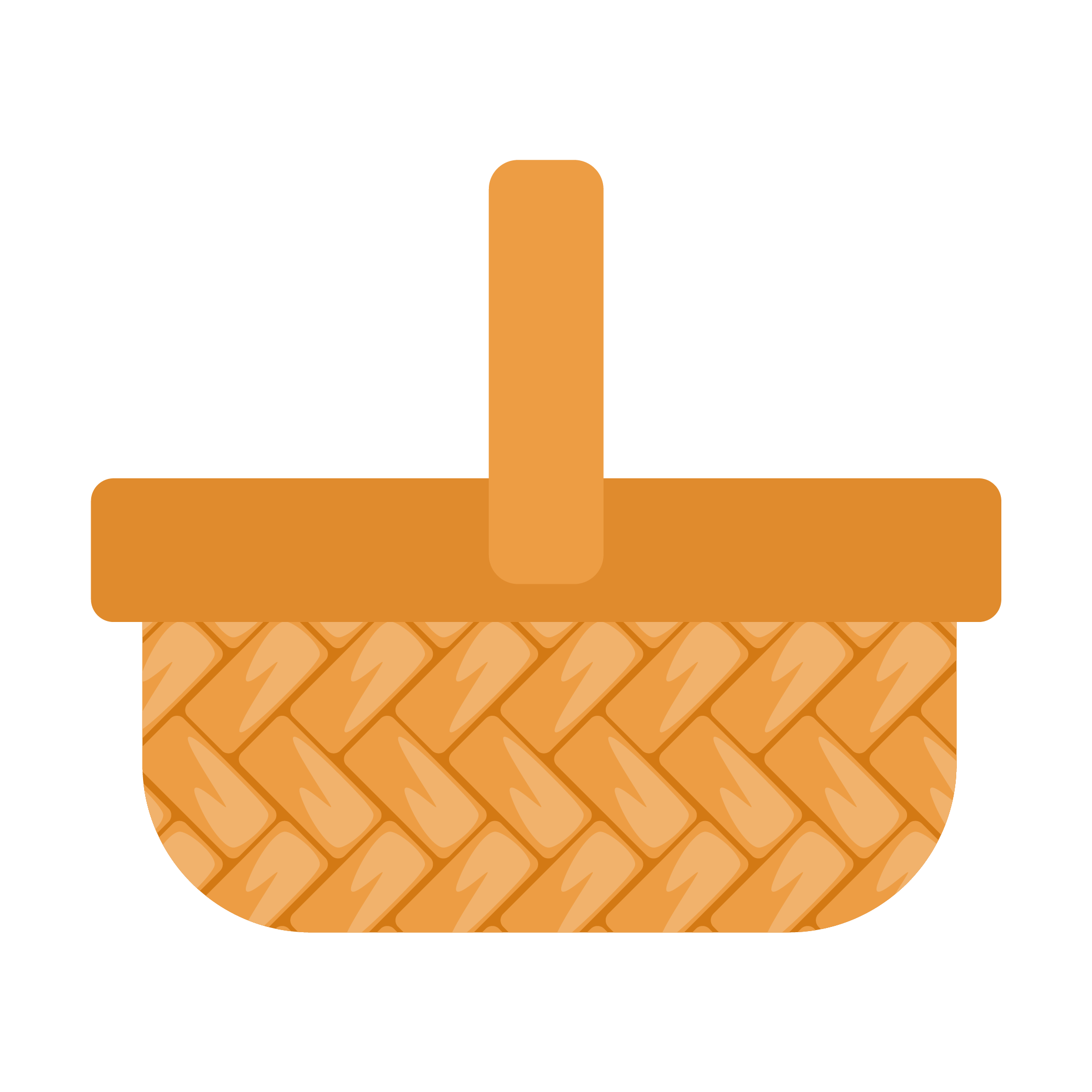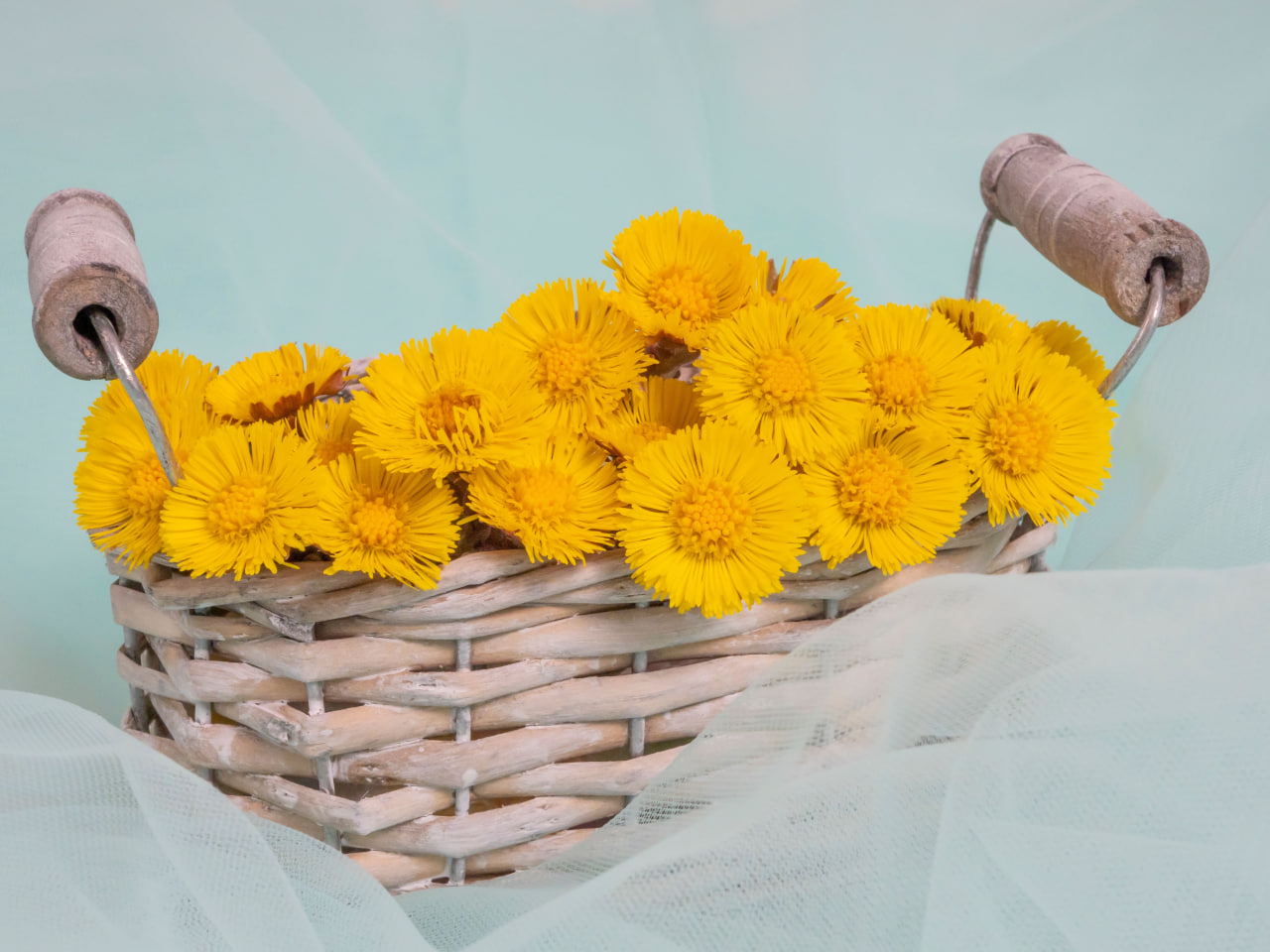Wicker weaving is one of the oldest and most versatile crafts, dating back thousands of years. From baskets and furniture to decorative home accessories, woven pieces offer both beauty and functionality. This traditional skill has been passed down through generations, evolving into a creative art form that continues to captivate artisans and hobbyists alike. Whether you’re looking to craft your own handmade pieces or start a new hobby, wicker weaving is a fulfilling and rewarding practice.
The History of Wicker Weaving
The art of weaving natural materials has been around for centuries, with evidence of wicker items found in ancient Egypt, China, and Europe. Early civilizations used willow, rattan, and reeds to create everyday objects such as storage baskets, fishing traps, and even furniture. Over time, different cultures developed their own styles and techniques, leading to the diverse range of wicker designs we see today.
During the Victorian era, wicker furniture became extremely popular due to its lightweight structure and elegant appearance. Today, artisans continue to refine and modernize traditional weaving techniques, blending heritage with contemporary design.
Why Learn Wicker Weaving?
If you’re looking for a hands-on creative skill that combines artistry with practicality, wicker weaving is an excellent choice. Here’s why:
- Handcrafted Beauty – Unlike mass-produced items, each woven piece carries the unique touch of its maker. Whether it’s a basket, a tray, or a chair, no two handmade wicker items are exactly alike.
- Sustainable and Eco-Friendly – Wicker weaving relies on natural materials such as rattan, willow, and bamboo, making it an environmentally responsible craft. Unlike plastic or synthetic alternatives, these materials are biodegradable and renewable.
- Relaxing and Rewarding – The rhythmic motion of weaving is a meditative process that helps reduce stress and improve focus. Creating something with your own hands brings a deep sense of satisfaction and accomplishment.
Getting Started with Wicker Weaving
Starting out in wicker weaving doesn’t require expensive tools or materials. Beginners can begin with simple projects like coasters or small baskets before progressing to more complex designs. Basic tools include a soaking tub for softening materials, a knife for cutting, and weaving forms to shape the structure.
As you advance, learning different weaving patterns and techniques will help you refine your skills and create more intricate designs. With practice, patience, and creativity, anyone can master the art of wicker weaving and produce stunning handmade pieces.
Conclusion
Wicker weaving is a timeless craft that blends tradition, creativity, and functionality. Whether you want to create beautiful home décor, functional storage solutions, or one-of-a-kind gifts, this skill opens endless possibilities. By learning the fundamentals and practicing different techniques, you can develop a rewarding hobby or even turn your passion into a business.

